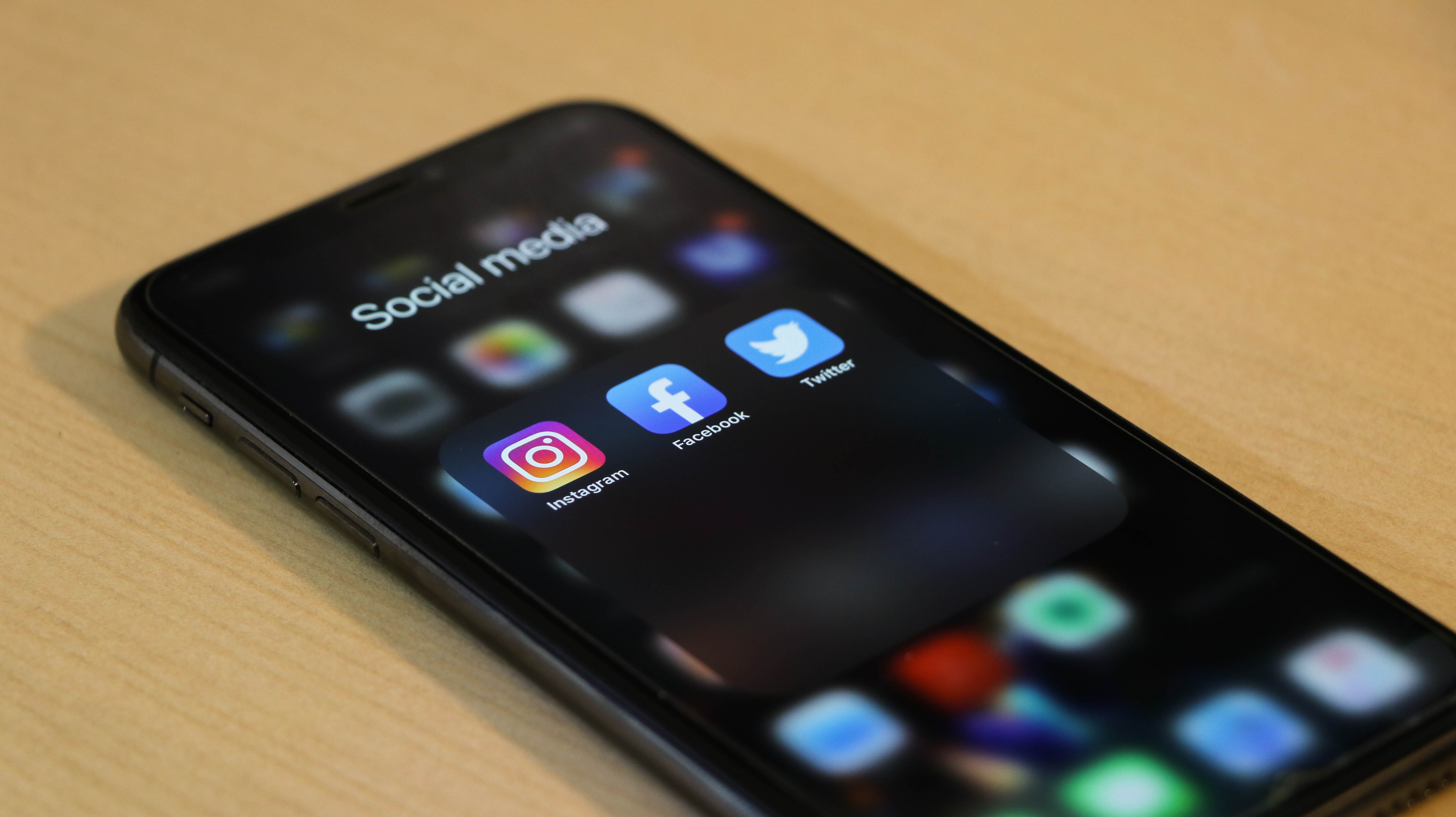The Social Media Bubble, and How AI Can Break It

By Tim Wolff
Vice President of TV and Digital Publishing Innovation, Futuri
I’ve sat in thousands of editorial meetings. I’m willing to bet you have, too. But through all those, I never would have expected the seismic shift in how we make editorial decisions now.
We had already started to change the process before the pandemic. Long gone are the days of the assignment desk printing out what’s worth covering in the file. We started, like your newsroom probably does, with what was getting page views on our website, what Facebook posts were doing well, and what people were searching for on google. Typically, it was one person on the digital team who gave that report, and starting the meeting with what was gaining interest was helpful. Of course, it was only a snapshot, and it was mostly backward looking at what we had already published.
Now we live with the shift to a largely remote newsroom. Instead of a centralized conference table where ideas are bandied about, the meetings are a bit more disjointed, with reporters and producers and others on Zoom or conference calls. While news directors I talk with say the lack of cohesion is real, they also say they are getting a variety of story ideas, but from a new source: social media.
In fact, research Futuri conducted with Smith-Geiger shows that newsroom managers now say social media is the top source of story ideas in their newsroom.
Reporters and producers comb through local Facebook groups, and use their own feeds as sources of potential stories. But there remains a key problem: the stories the news staff sees in their feeds likely are not representing the actual audience.
Let’s examine what this was like before social media.
In his book “I’ll Mature When I’m Dead,” comedian and longtime columnist Dave Barry explained how decisions to cover trends all-too-often happened:
“These stories typically originate when an editor happens to notice something that strikes him or her as significant. For example, the editor might see a person wearing a Howdy Doody T-shirt, and then, a few hours later, see another person (or possibly the same person; it doesn’t matter) wearing a Howdy Doody T-shirt. The next day, at one of the story-planning meetings, the editor might mention this, and another editor might report having also recently seen a person (also possibly the same person) in a Howdy Doody T-shirt.
“The editors, having reached a critical mass–Three Howdy Doody T-shirts!--decide they have discovered a trend.”
Today, that looks like multiple people in the newsroom seeing the same thing on social media.
Now in editorial meetings, a reporter might say, “I saw this on Facebook,” and an assignment editor might say, “I saw that too,” and they might conclude it is a big deal and must be worth a story. Of course, the assignment editor and the reporter are likely to live in similar areas, share similar friends and interests, and therefore see similar posts. What’s “trending” on my Facebook page and your Facebook page might have very little to do with what the rest of our community is seeing.
With the endless sea of what’s available in digital and social, standard editorial meetings are bound to miss key stories happening in the community. Today, the best way to manage that is to use artificial intelligence.
AI tools can do what we humans can’t: scan through millions of social posts and engagement data to tell us what is really happening with the audience. Futuri’s TopicPulse ContentAdvantage, for example, combines data from more than a hundred thousand publishers and multiple social media platforms and delivers newsrooms a live look at what their community is engaging with. It also includes live demographics and predictive analysis of what will be trending.
At some point, we all became successful news managers because we had good journalism instincts. We can sense a story that will do well, and which ones viewers and listeners would turn away from. But for most of our careers, that was what we had: limited information and good instincts.
Now we have the power to have an overwhelming amount of information. But we need tools to make that information actionable. If your newsroom doesn’t have AI tools to help, take a moment during your next editorial meeting. Look around the room or the screen and ask yourself whether your team is truly covering the audience beyond each person’s individual bubbles. Then ask yourself what you’re missing.
Artificial Intelligence gives us something we could never have without it: a full understanding of our audience.
And isn’t serving our whole audience our primary mission?
Tim Wolff is Vice President of TV and Digital Publishing Innovation at Futuri. He has 20+ years of experience as a digital and broadcasting leader who’s led top-performing teams across the country at companies including Gannet, Belo, and Cox Media Group Ohio, which includes three daily newspapers, three radio stations, WHIO-TV, and more. Wolff, who holds a Master’s in Journalism from the University of Missouri, also makes a mean green chile stew.
